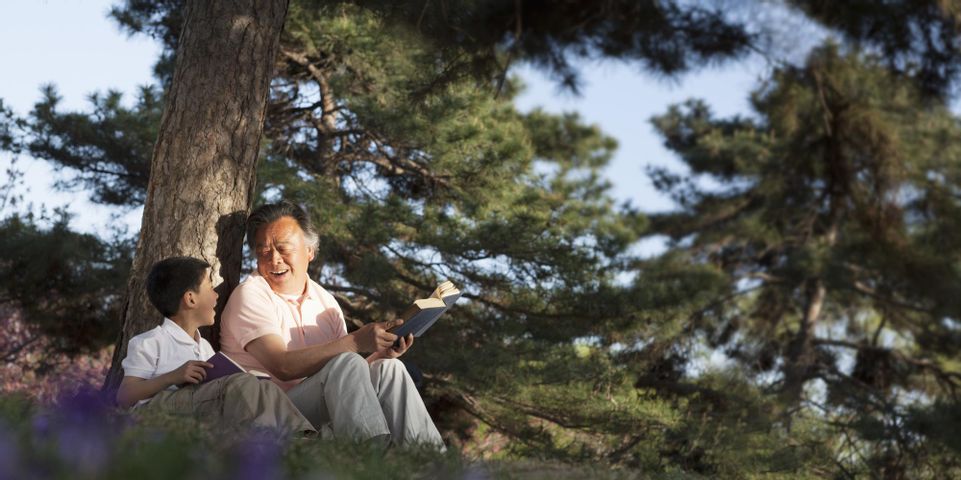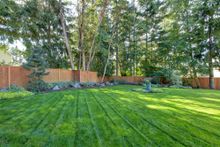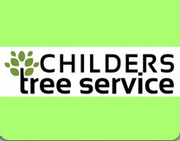Should I Be Concerned About a Leaning Tree?

Trees grow in all sorts of shapes and sizes, but when they lean, it’s natural to be concerned about them falling. Weighing several tons, a leaning tree may present a danger to people, personal property, and utility lines. If you’re concerned about your landscape, here’s how to recognize problematic leaning and when to contact an arborist for professional tree removal.
What Causes Leaning?
Most commonly, leaning results from issues with the roots—the component of the plant that anchors the trunk to the ground. For example, changes in the soil, such as erosion, may disturb the roots and force them out of place. Over time, excessively high winds may cause the tree to shift and increase the severity of the lean.
Plant diseases that cause deterioration—especially within the trunk—may also impact weight distribution. If the top becomes heavier, the tree may tilt to one side and eventually fall over.
In other cases, leaning may occur due to growth patterns. Specifically, they might grow at an angle to better reach light. Since this type of growth occurs gradually over a great length of time, it generally doesn’t present a risk of falling.
When Is a Leaning Tree a Problem?
 A visual inspection of the tree can often reveal if removal is necessary. For example, if the trunk leans by 15 degrees or more, it will likely need to be removed. If the angle is smaller, monitor changes regularly and seek help if the lean increases.
A visual inspection of the tree can often reveal if removal is necessary. For example, if the trunk leans by 15 degrees or more, it will likely need to be removed. If the angle is smaller, monitor changes regularly and seek help if the lean increases.
If there is a mound opposite of the lean, it’s likely due to roots being forced up out of the ground. This is a sign that the tree is improperly anchored and needs to be removed. You should also consider tree removal if the plant is visibly decayed or hollowed, as it’s likely heavier on the top.
How Can an Arborist Help?
When you’re concerned about leaning, an arborist can inspect the tree to determine if it’s at risk. If tree removal is necessary, these specialists will carefully cut and pull it down so as not to cause damage to your property or put you in danger. If removal isn’t necessary, they can provide services to help reduce falling dangers—such as by pruning the crown to reduce top weight.
Since falling trees can cause serious—and expensive—damage, don’t wait to address a leaning trunk. Instead, turn to the professionals at Childers Tree Service in York, SC. With more than 15 years of experience, this arborist will be able to identify at-risk growth and provide comprehensive tree removal and stump grinding to keep your landscape safe. They’re also equipped to provide 24-hour service when emergencies strike. To learn more about their tree services, visit this arborist online. For responsive care, call a friendly associate at (803) 627-3157.
About the Business
Have a question? Ask the experts!
Send your question

